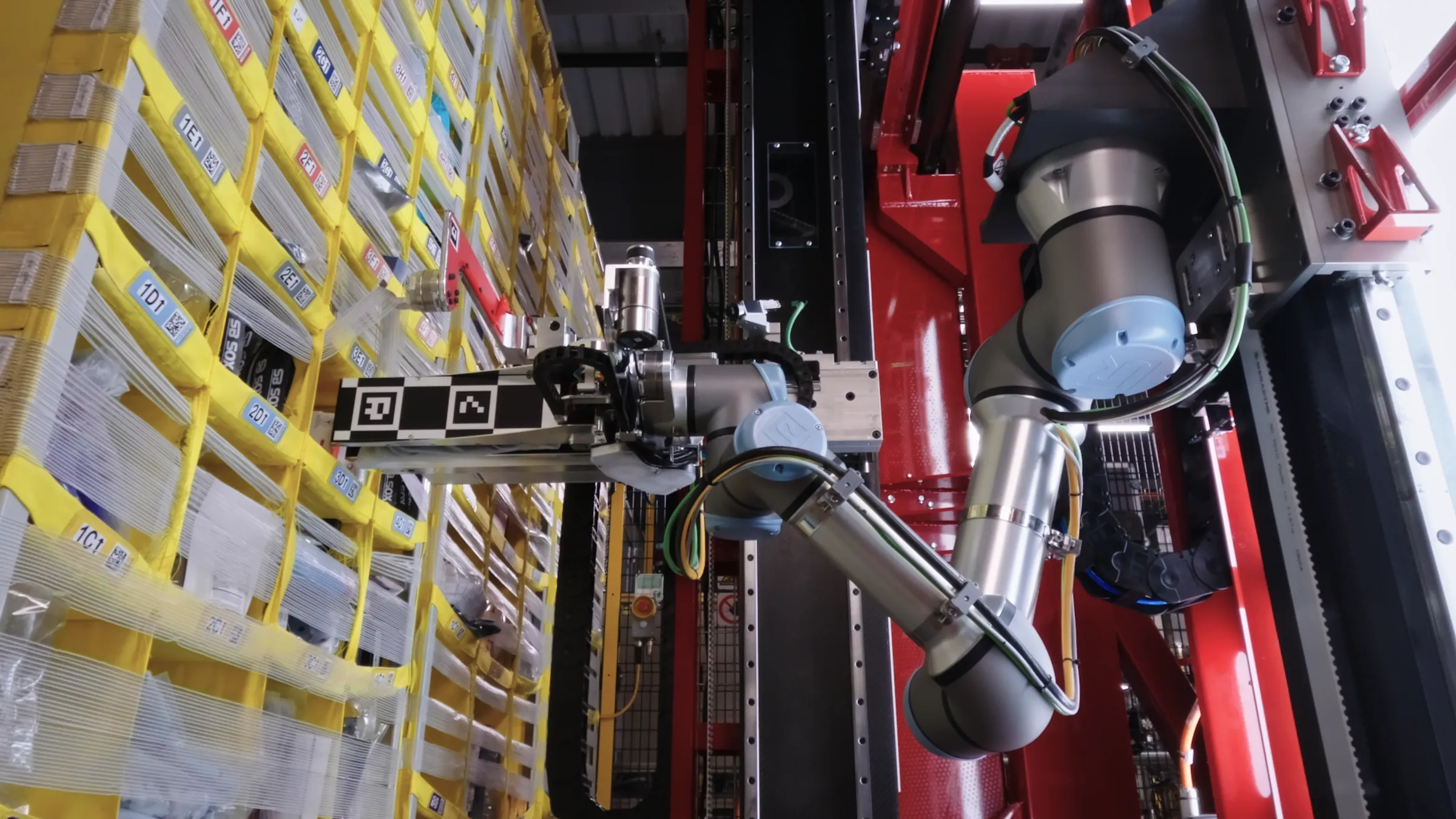
The tech industry seems to have two ideas about the place of human workers in the AI-driven world they are creating. One is that they believe robots will do everything except for their jobs, probably. (Venture capitalist Marc Andreessen seems to think his job as an investor will never be automated.)
Others believe that robots will take on boring and menial tasks, acting as assistants to humans in the workplace, while humans take on entirely new jobs created by the robot revolution. The latter view is supported by more historical evidence. The World Economic Forum predicts that current tech trends will cause the loss of 92 million jobs, while creating 170 million new jobs.
What will a robot-filled future look like for people who don't have the capital or interest in artificial intelligence and machine learning, especially those who currently work in menial jobs such as warehouse workers?
Amazon (AMZN) announced on Wednesday that it is making great progress in its efforts to replace warehouse workers with new "aware" Vulcan robots, signaling one possible way forward.
"The Vulcan robot makes work safer by handling ergonomically challenging tasks while also providing employees with the opportunity to improve their robot maintenance skills," Amazon CEO Andy Jassy said in a post on the X-Platform.
Meanwhile, Amazon's blog post on the "Vulcan" robot explains that the robot will work side-by-side with humans to collect items from the highest and lowest shelves in the warehouse, saving humans from having to climb ladders or bend over all day. The humans will then collect items that are only stored on the middle shelves and that the new "aware" robots cannot yet pick up.
Meanwhile, Amazon announced that it is training a small number of warehouse workers as robot technicians to hand off picking tasks in its warehouses to robots.
"These robots are responsible for fulfilling 75% of customer orders and are creating hundreds of new jobs at Amazon, from robot floor monitors to field reliability maintenance engineers," the blog post said, adding that the company is offering job retraining programs for some employees to gain robot maintenance skills.
While Amazon doesn't explicitly say so, it's clear that the transition won't be one-to-one. There's no need to have a large staff to monitor these robots, as there would be if they were directly fulfilling warehouse orders. And not everyone has the skills or motivation to become a robot maintenance technician.
But the fact that Amazon released information about its retraining program at the same time as the announcement of the Vulcan robot is significant.
Because there's so far been little evidence of what would happen to the working class if robots took all the jobs. (One AI startup founder told TechCrunch that in a world where AI does all the work, humans would have no choice but to live off government welfare.)
But perhaps instead of grocery store clerks, there will be "automated supervisors," just like clerks monitor self-checkout lanes today. Unlike fast-food chefs, employees will oversee cooking robots and the like. Operating a robot is similar to operating a computer. Almost everyone will need to know how to operate a robot to get a job.
But a completely robot-dominated future may never actually come to fruition. Robots may remain the exclusive domain of only the largest and most well-funded companies, as they are used by Amazon and in auto manufacturing, but the majority of jobs in retail, restaurants, and driving will still be performed by humans. At least for the next few decades.
Amazon is looking to expand its grab-and-go automated technology, Amazon Go, into the broader retail and grocery industries. The retail industry has not been very enthusiastic or interested in its biggest rival, Amazon. The technology was then discovered to be using human labor to monitor and label videos in India, and Amazon itself has reduced its use of the technology. Currently, there is not much real-world use of the technology (whether Amazon's or others').